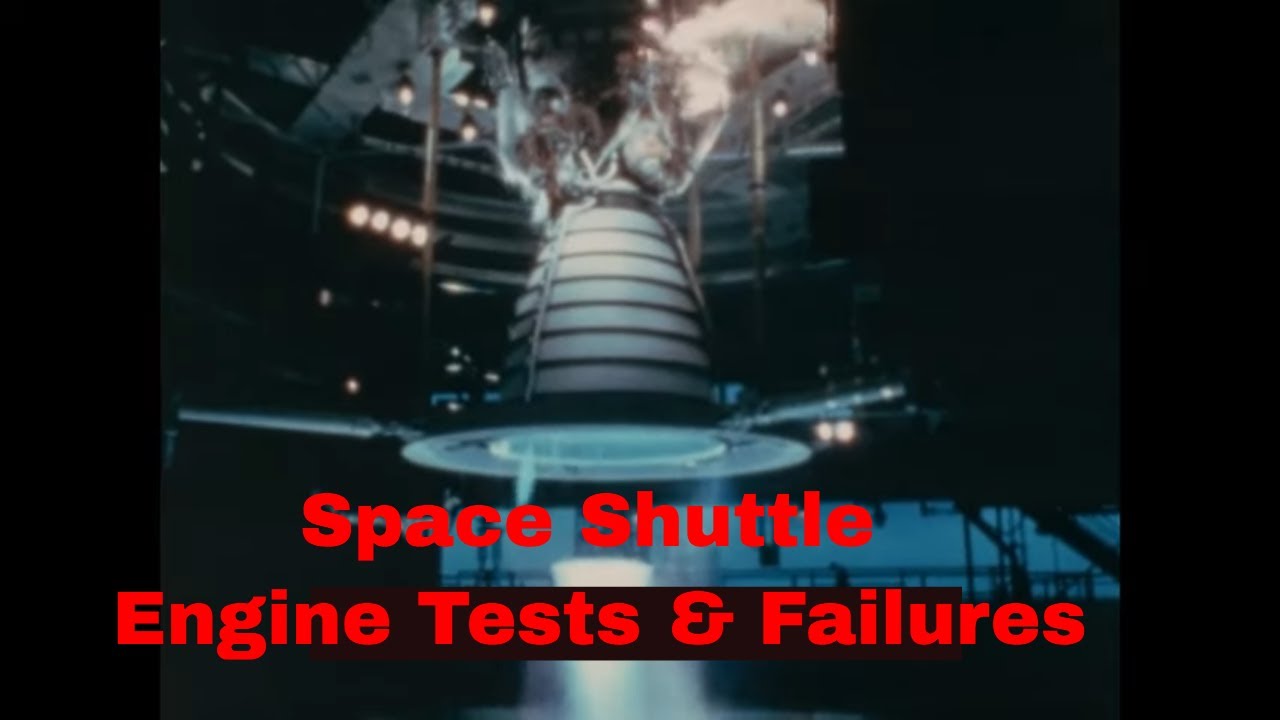Starting a liquid rocket engine is always a complicated and potentially hazardous undertaking. The pumps that force propellants into the combustion chamber are themselves powered by what amounts to a smaller rocket engine called the “preburner”, which needs to be started first. Within seconds, there are large excursions in temperature and pressure, and the mixture ratio of fuel and oxidiser must be carefully controlled throughout the process.
The Shuttle’s RS-25 main engine was the first staged combustion liquid hydrogen/oxygen engine to be designed, and its development process was protracted and difficult. It took a total of thirty-eight tests just to get through the engine start sequence, during which no fewer than twelve turbopumps were destroyed by explosions, burn-throughs, or other calamities.
Here is a half hour silent “blooper reel” of RS-25 tests and failures during engine development.

